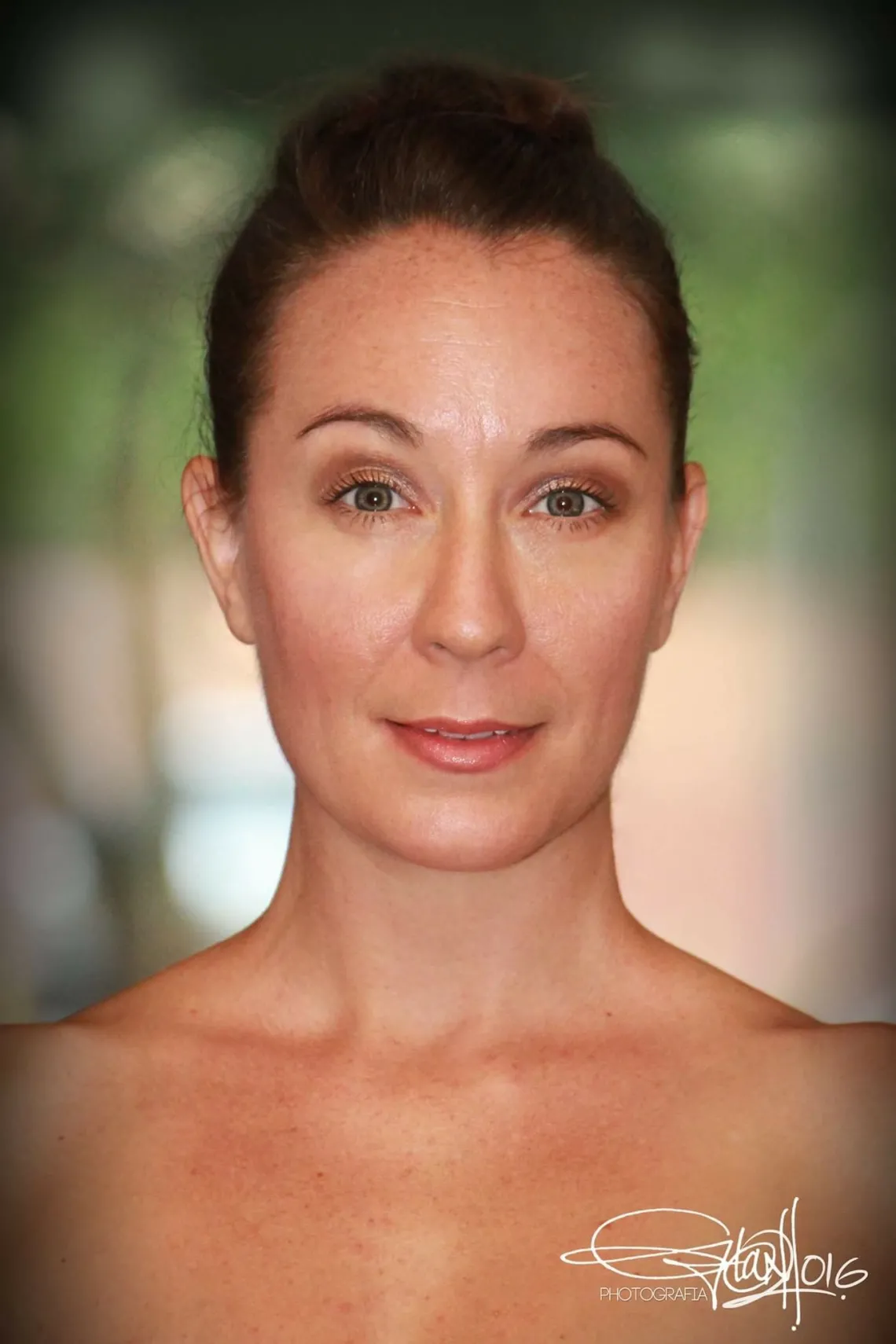Danielle Lydia Sheather -- Dance Performance and Choreography

By Elizabeth Labiner
Danielle Lydia Sheather earned her Masters of Fine Arts Performance & Choreography from UA in 2016 before moving to a university that -- in terms of weather, at least -- was about as far from Arizona as you can get in the United States: the State University of New York at Buffalo.
The cold isn’t slowing her down one bit, though. Sheather is a Clinical Assistant Professor of Dance, currently teaching four courses per semester for the university both in studio and lecture-based classes, mentoring students in both choreography and career paths beyond the academic setting, and sitting on the Undergraduate Dance Committee, helping to make decisions from curricular development to incoming freshman admissions. She knows what the expectations are for her job position, but also knows that her field and long-term career demand even more:
My faculty line at SUNY Buffalo is a teaching-heavy course load with no service, research, creative activity, or professional development requirements. However, in order to remain competitive and current in an ever-changing field, it is an absolute necessity to include service, research, creative activity, and professional development in my position. Therefore, I have continued to develop a robust service portfolio both within and outside of the university, including recruitment efforts at that National High School Dance Festival. I have also been commissioned to set choreographic works at the university in both dance and musical theatre and applied successfully to showcase pieces at various national and international festivals. Additionally, I feel it is prudent to continue to develop my own practice with various professional development opportunities, including certifications, workshops, and intensives with respect to performance, choreography, and teaching in order to continue to develop my network and remain current in the field so that up and coming dance artists are getting the most recent information with which to arm themselves upon graduating. Due to the fact that many of these additional elements are not requirements for my position, the burden of financing much of the professional development and research continues to be difficult, and therefore seeking outside funding sources, grants, and fellowships is a continual part of my job.
Sheather certainly has a great deal to balance, but she says that UA prepared her well for the rigors of a career in academia. She particularly credits the graduate program at UA Dance because of its hands-on approach to dance education. “For instance,” she explains, “in our Critical Issues Course, the ultimate goal of applying for a national conference was built into the class so that the culmination was applying and, if selected, presenting. This practical application of the course allowed us not only to tailor our education to our individual interests but also to understand the real-world scenario of applying and presenting at a national conference.” She appreciates the program’s holistic approach to educating, which she feels was carefully thought-out and carefully crafted by the faculty. She lauds the faculty for being “consistent in their feedback, supportive in their critiques, and with their professional accolades able to connect us with various resources within the field to further our endeavors.” Sheather also notes that being given opportunities to assist guest choreographers currently working in the field and teach internationally as a graduate student increased her level of experience, which she feels gave her a leg up on fellow candidates who were entering the job market.
The education that she received helped shape her as an educator herself, Sheather says.
Being encouraged to seek out opportunities both in academia and beyond was always an important facet of the education I received at UA. I strongly feel that UA Dance is interested in promoting individual artists who can excel in multiple areas, and this helped me to understand the personalized education needed for each of my students. Not all students are created equally, so the tailored and practical education is an absolute necessity. While not all students will excel in the same areas, all are able to hone in on their desires in the field and seek opportunities that best suit their future desires.
She works hard to keep these ideals in mind as she continues in the work she loves:
My favorite part of my career is propelling students from the academic setting into the professional field, whether that be performance, choreography, teaching, research, or related fields such as physical therapy. I am a firm believer that, due to the fact that universities are becoming more and more costly, it is imperative and our duty as educators to arm students with every possible advantage in order to succeed. Mentoring these young artists and helping to forge their way is something that has always been very near and dear to my heart, and observing their journey is ultimately the most uplifting part of my career. I am continually amazed at the stick-to-it-ive-ness this career path demands, and I am inspired by the students who understand the drive, passion, and ambition it takes. This in turn fuels my fire to continue to dive in deeper, and the cycle continues by paying it forward.
Photo credit: Alan Vincent

